Why Putin Is Stalling Trump on Ukraine
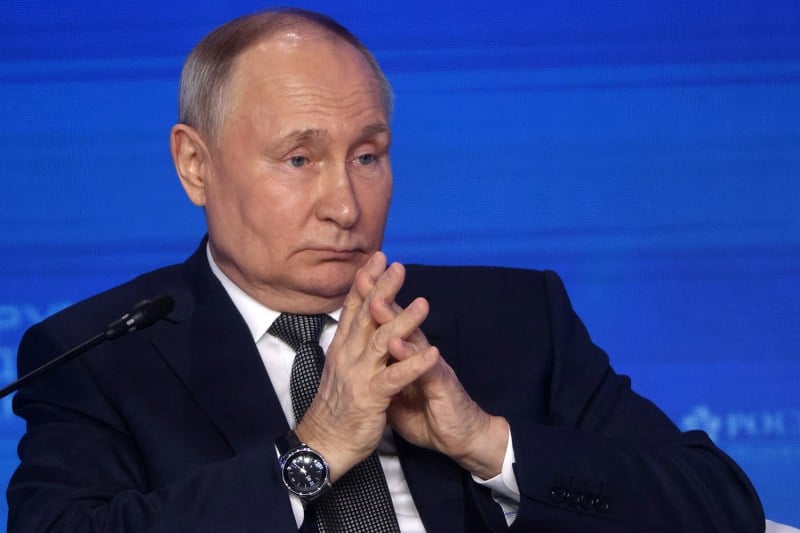
Why Putin Is Stalling Trump on Ukraine
The Russian leader cannot afford to end the war he started.
Russian President Vladimir Putin gestures during the Forum of Future Technologies in Moscow on Feb.14, 2024. Contributor/Getty Images
Even U.S. President Donald Trump—not known as a critic of Russia—has signaled frustration with Russian President Vladimir Putin’s stalling over a cease-fire in Ukraine. Why does Putin, three years after it became clear that his army could not destroy Ukraine in battle, seem so unwilling to countenance any sort of cease-fire?
Despite some recent gains on the ground—notably in pushing the Ukrainians out of Russia’s own Kursk region—the chance of a decisive Russian military victory remains vanishingly small. Indeed, the clock appears to be ticking on Russia’s war effort. Moscow’s forces are hemorrhaging men and equipment, and analysts cast doubt on how long Russia’s economy can keep producing enough materiel to feed the front. Ukraine’s intelligence service claims that the Kremlin recognizes that the war has to end by 2026 if Russia is to avoid a serious deterioration of its geopolitical power.
Even U.S. President Donald Trump—not known as a critic of Russia—has signaled frustration with Russian President Vladimir Putin’s stalling over a cease-fire in Ukraine. Why does Putin, three years after it became clear that his army could not destroy Ukraine in battle, seem so unwilling to countenance any sort of cease-fire?
Despite some recent gains on the ground—notably in pushing the Ukrainians out of Russia’s own Kursk region—the chance of a decisive Russian military victory remains vanishingly small. Indeed, the clock appears to be ticking on Russia’s war effort. Moscow’s forces are hemorrhaging men and equipment, and analysts cast doubt on how long Russia’s economy can keep producing enough materiel to feed the front. Ukraine’s intelligence service claims that the Kremlin recognizes that the war has to end by 2026 if Russia is to avoid a serious deterioration of its geopolitical power.
Yet Putin is not putting any brakes on the war. Nor has he offered any concessions that would even hint at the possibility of a peace settlement short of Ukraine’s capitulation. Despite the flurry of U.S.-Russia negotiations over a cease-fire, Kremlin spokesperson Dmitry Peskov this week spoke of an inevitably “drawn-out process.” Meanwhile, Russia continues to barrage Ukrainian cities with rockets and drones, and Putin has just announced a plan to conscript another 160,000 men into the military this spring, the highest rate in 14 years. At the same time, the Russian Armed Forces are still drawing in thousands of soldiers every month through contract recruiting. Pausing the war may seem like a no-brainer for an exhausted Russia, but the country’s long-term militarization continues apace.
Putin may believe that, by holding out, he can extract even more concessions from Trump, who seems to be increasingly willing to strike any deal with Russia at all—even if it means forcing Ukraine to collapse. Putin may hope to be gifted by Washington what he has failed to achieve on the battlefield.
Let’s set these speculations aside for now and focus on another critical set of motivations for the Russian leader. Putin, eager to preserve his own security above all, may judge that the risks of ending the war are greater than those of continuing it. On the one hand, the current level of war effort is unsustainable in both economic and demographic terms. (Although Russia has a greater population than Ukraine, it is losing soldiers at a far higher rate.) On the other hand, a rapid cessation of hostilities comes with clear economic and social dangers. Pulling the rug out from under the conflict—and ending the vast spending stimulus the war has brought—may also end the social stability on which Putin has built his 25-year rule.
Peace could deal a hammer blow to an economy that is running on the fumes of military-led investment. In 2024, military spending was set to reach around 35 percent of the public budget and fueled economic growth. Consumer spending is booming, especially away from Moscow in the economically deprived provinces, where the Kremlin recruits most of its soldiers. A large part of that boom is due to the 1.5 percent of Russian GDP that the state is currently spending on increasingly outlandish payouts for military enlistment and service. In a region like Samara oblast, the sign-on bonus alone is around $40,000—more than four times the average annual salary there. For every month soldiers serve at the front, thousands more dollars land in their bank accounts. Much of Russia’s manufacturing economy has shifted to defense as well—and with it, well-paid jobs.
As the German economist Janis Kluge put it: “If the Kremlin wants to avoid an economic collapse, it will have to continue spending at current levels long after the war is over.” But there are no signs of any Kremlin plans to replace military spending with any other government stimulus. Despite the challenges of producing enough materiel and munitions to feed the vast front line in Ukraine, the economy as it exists today cannot exist without some sort of war—or, short of that, a vast and growing army perpetually ready for war.
Putin’s domestic problem, however, reaches beyond the war’s economic stimulus. For large swaths of society, the war is functioning as a form of social and cultural stimulus as well. The lavish bonuses paid to enlistees function as more than bribes to get young men to the front. For contract soldiers, who are disproportionately from poorer regions and less well-educated backgrounds, joining the war in Ukraine is an opportunity for transformation. The Russian military’s advertising campaigns promise young men not just riches but the opportunity to “create your future” by signing on, with tantalizing hints of masculine power and consumerist self-realization. In a society where young men in the provinces have found themselves stuck or tumbling down the social ladder in recent years—and where the state has failed to supply a hopeful vision for the country’s future—the offer of life-changing sums of money has introduced a novel possibility of social mobility into the public imagination.
In Russia’s far-flung regions, this social transformation is physically evident in the changing spaces of once-desolate provincial cities and towns, newly equipped with the accoutrements of consumerist living like gyms, shops, and cafés. Wealthy veterans—those who survived the front and managed to end their service—and their families have money to burn, enabling them to lead lifestyles that, before the war, were available only to their wealthy compatriots in Moscow and St. Petersburg. In the 2000s, Putin built his popularity on a consumer boom fueled by rising global commodities prices, with Russian GDP racing upward by as much as 7 percent a year. Now, the boom is back, but it is fueled by war.
Demolishing all this social and economic hope may prove as damaging to Putin’s popular standing as the end of the previous growth spurt in the 2000s. Then, discontented Russians coalesced around the political opposition led by the murdered Boris Nemtsov and, a few years later, the protest movement led by the murdered Alexey Navalny. If the war ends and the military spigot runs dry, many Russians may be equally keen to look for other opportunities to transform their standing in society. Returning Ukraine veterans will see the regime’s promises of self-realization evaporate as their hometowns begin to crumble once again. There may also be a bloc of disgruntled younger men, who did not sign up, who will feel they missed the boat when it comes to sign-on bonuses. If postwar Putinism cannot offer either the wealth of the contract soldier or the social respect of the war hero—if the sacrifices of war no longer promise a better future—young Russian men will look for alternatives.
Just as the Kremlin has no plan to replace the war’s economic stimulus, so it appears that it has no plan to replace the war’s social stimulus. This time, the disenchanted may not look for alternatives in the relatively liberal politics of another Nemtsov or Navalny; today, liberal voices are effectively outlawed by the regime and have little visibility or traction in the public sphere. Moreover, the Russian and Soviet past shows that liberal views generally have little appeal in a postwar socioeconomic depression. Soldiers returning from the Soviet-Afghan War and First Chechen War, angry at the vain sacrifices they had made and marginalized by a society that rapidly moved on from war, did not turn to democracy or liberalism to express their disenchantment with the status quo. Instead, they looked to extreme nationalist forces that proved toxic to whoever held power in the Kremlin at the time.
Thus far, the Russian state has stymied the potential for growing nationalist discontent by giving the appearance of listening to the extreme right’s concerns through staged PR briefings with Putin, astroturfed social media campaigns, and by dealing swiftly with public figures who have overstepped the mark—like the late Wagner leader Yevgeny Prigozhin and the imprisoned ultra-nationalist mercenary Igor Girkin. But unlike the silenced liberals, the nationalists have been allowed to garner a large audience on social media, in particular on Telegram. It would not be a surprise if the sudden return of hundreds of thousands of disaffected veterans and the emergence of a cohort of futureless young men—their anger further accelerated by economic collapse—saw nationalist factions achieve a critical mass of support that the Kremlin’s propagandists and censors would find difficult to control.
In such a scenario, new and popular promises of individual and collective masculinity, strength, and power might lead, if not to some sort of collapse or revolution that would dethrone Putin for good, to a level of domestic instability that far exceeds the strains of the ongoing war in Ukraine. Putin is a diligent student of his country’s history and will be keenly aware of the dangers posed by a postwar sociocultural vacuum. He has been a careful manager of veterans in the past, bringing veterans of the Chechen and Afghan wars into positions of social responsibility. Today, he offers troops not just economic but a range of social and cultural benefits.
Suddenly ending Russia’s war against Ukraine may unleash a torrent of anger across Russia’s regions that echoes the violent disillusionment of the post-Afghan and post-Chechen eras. Putin and his advisors may suppose that it is better to keep the war rolling on slowly, offering big payouts to keep the provinces booming, and promising that a brighter future is just around the corner. Until the pain of continuing the war is greater—perhaps real economic pressure from outside, such as severe sanctions on the oil industry, or the threat that Kyiv might actually win altogether—Putin may choose to keep stalling on any decision to stop, pause, or otherwise end the fighting.
Ian Garner is an assistant professor at the Pilecki Institute’s Center for Totalitarian Studies and the author of Z Generation: Into the Heart of Russia’s Fascist Youth.
More from Foreign Policy
-

An illustration shows a golden Cybertruck blasting through a U.S. seal of an eagle holding arrows and laurel. Is America a Kleptocracy?
Here’s how life could change for the rich, poor, and everyone in between.
-

The flag of the United States in New York City on Sept. 18, 2019. America Is Listing in a Gathering Storm
Alarms are clanging at the U.S. geographic military commands around the globe.
-

U.S. President Donald Trump shakes hands with Supreme Court Chief Justice John Roberts during Trump’s inauguration in Washington, D.C. The U.S. Judicial Crisis Is Uniquely Dangerous
But other democracies provide a roadmap for courts to prevail over attacks from the executive branch.
-

An illustration shows a golden Newtons cradle with Elon Musk depicted on the one at left and sending a globe-motif ball swinging at right. Elon Musk’s First Principles
The world’s richest man wants to apply the rules of physics to politics. What could go wrong?

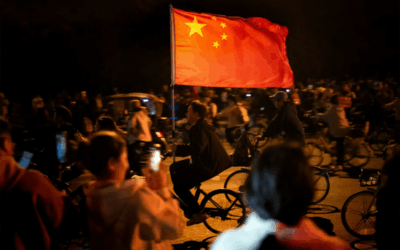
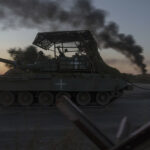
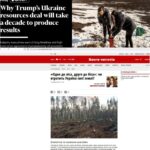




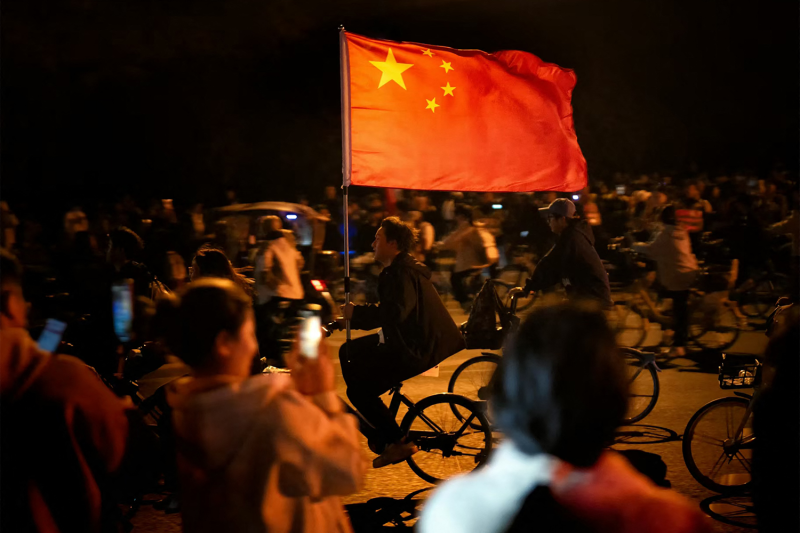
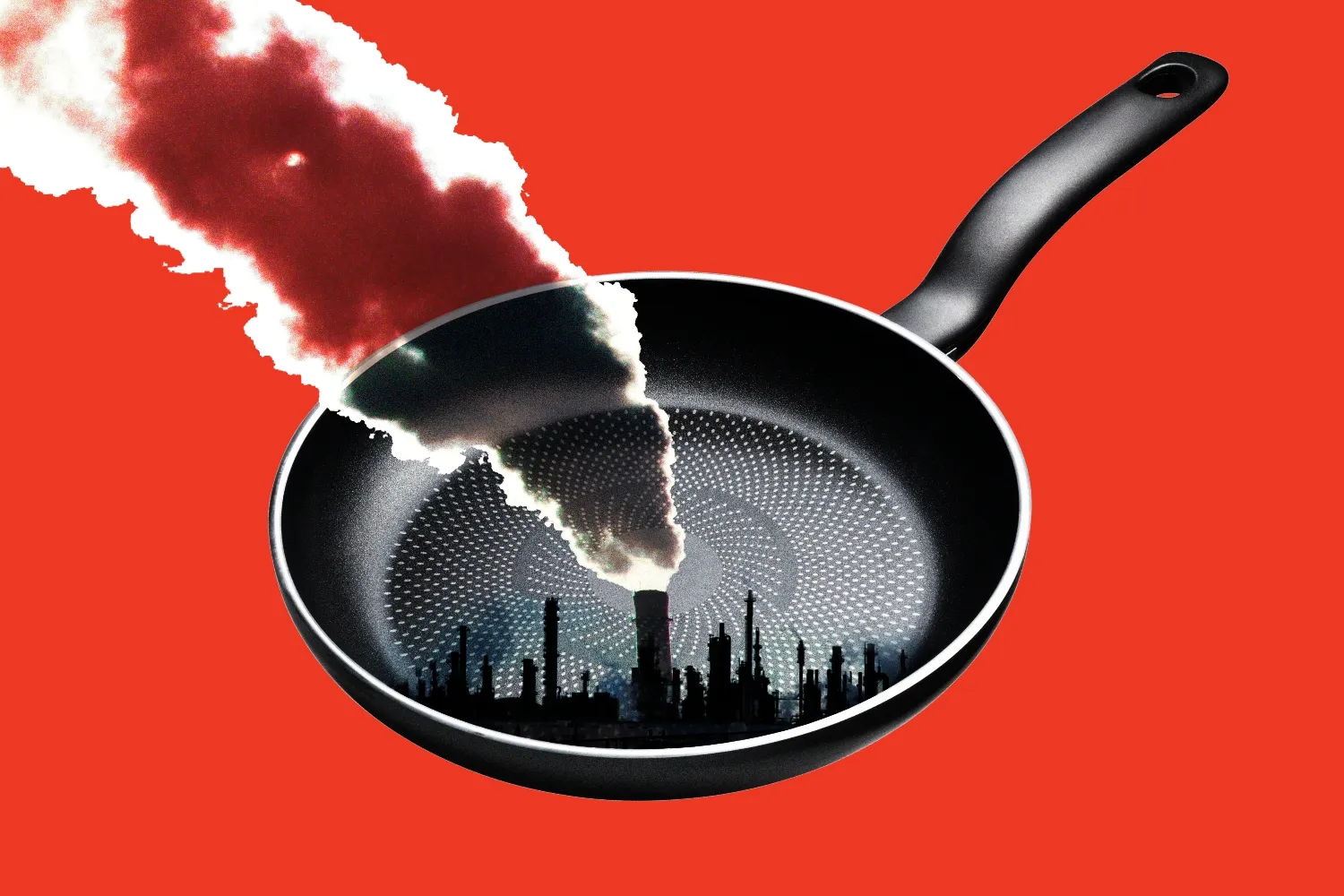
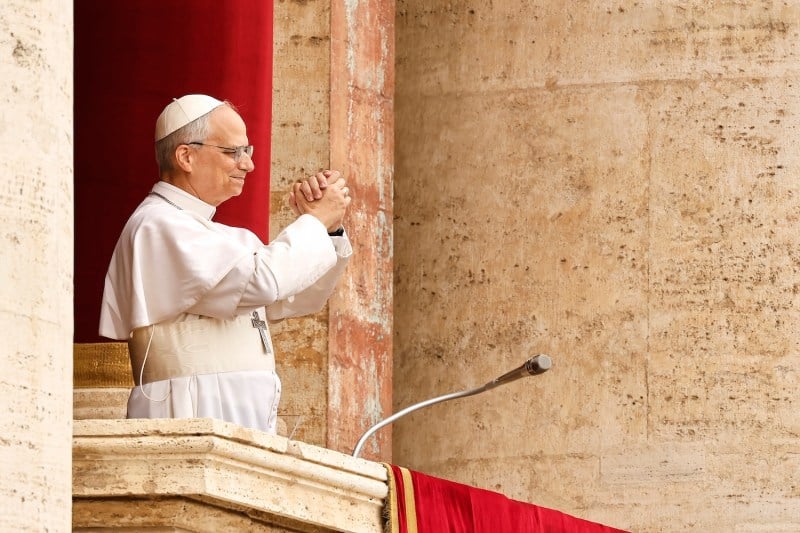
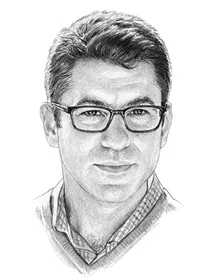
Join the Conversation
Commenting on this and other recent articles is just one benefit of a Foreign Policy subscription.
Already a subscriber?
.
Subscribe
Subscribe
View Comments
Join the Conversation
Join the conversation on this and other recent Foreign Policy articles when you subscribe now.
Subscribe
Subscribe
Not your account?
View Comments
Join the Conversation
Please follow our comment guidelines, stay on topic, and be civil, courteous, and respectful of others’ beliefs.
Change your username |
Log out
Change your username:
CANCEL
Confirm your username to get started.
The default username below has been generated using the first name and last initial on your FP subscriber account. Usernames may be updated at any time and must not contain inappropriate or offensive language.